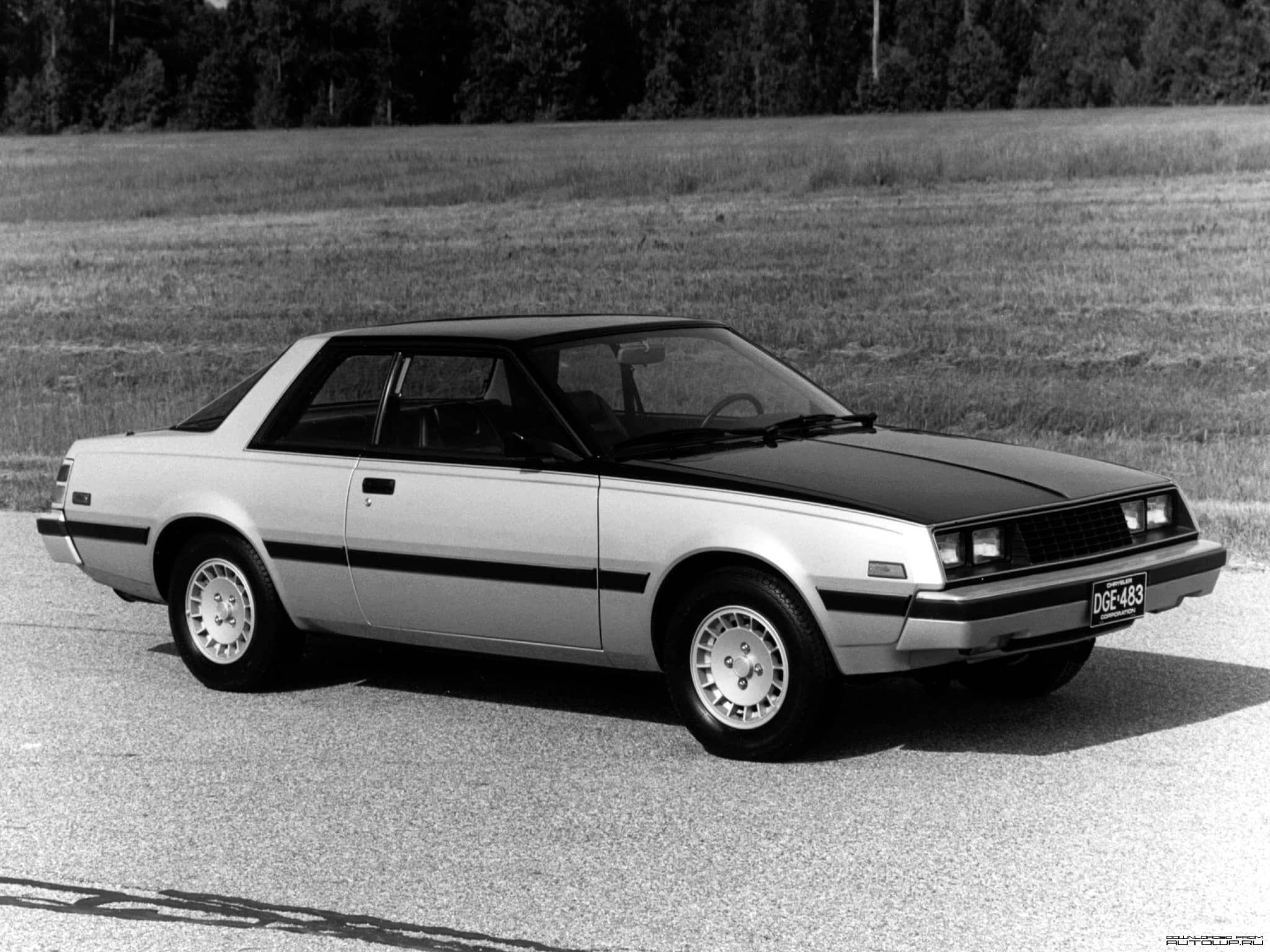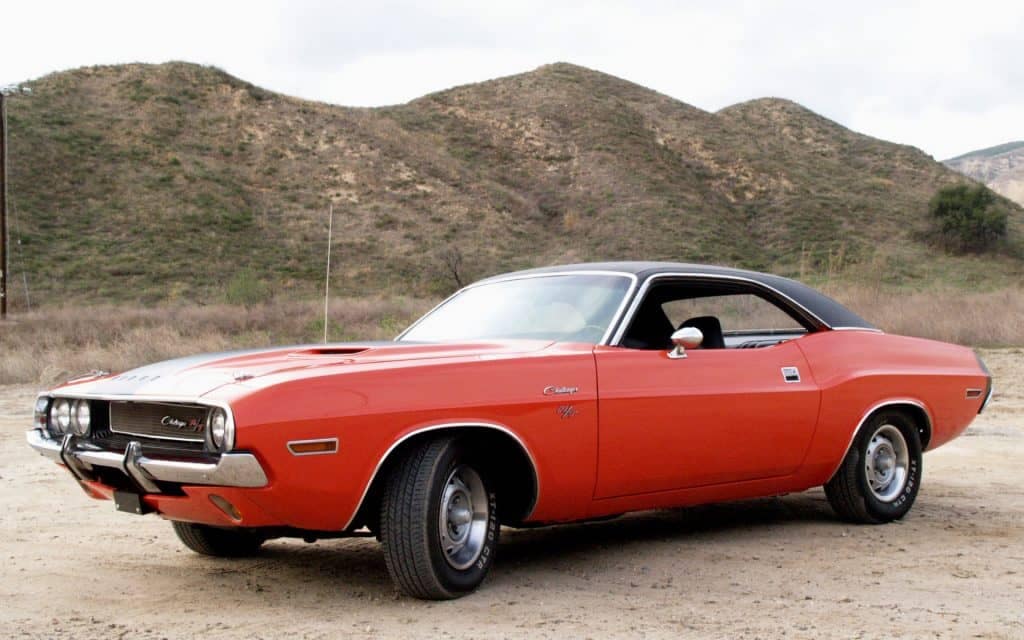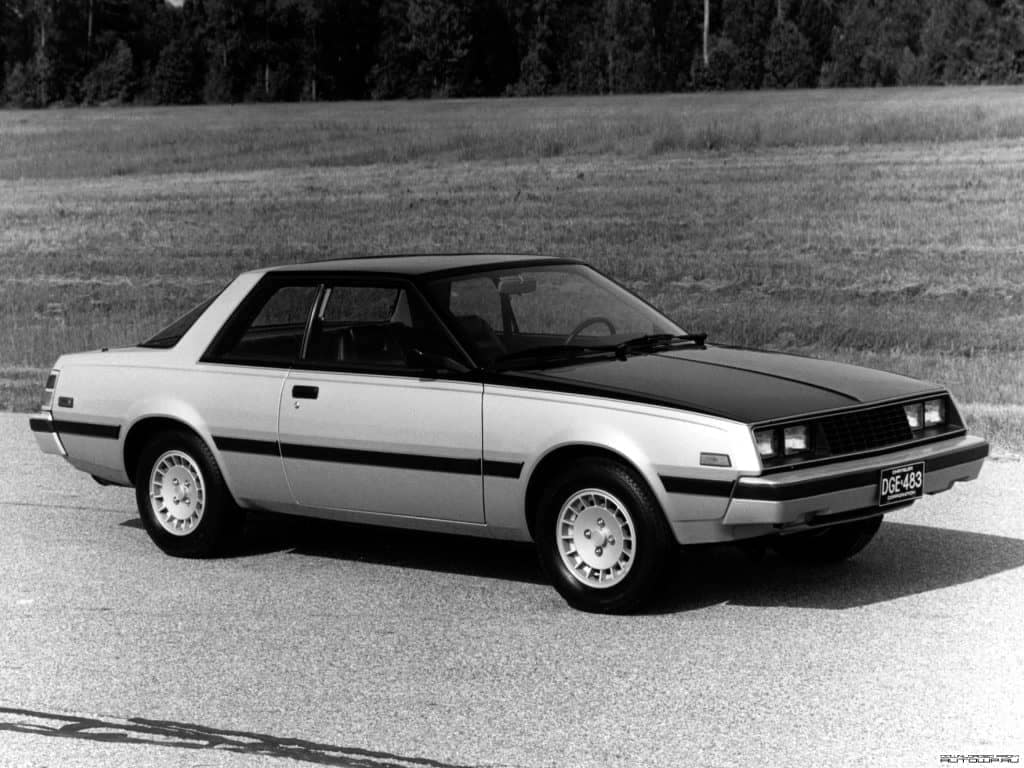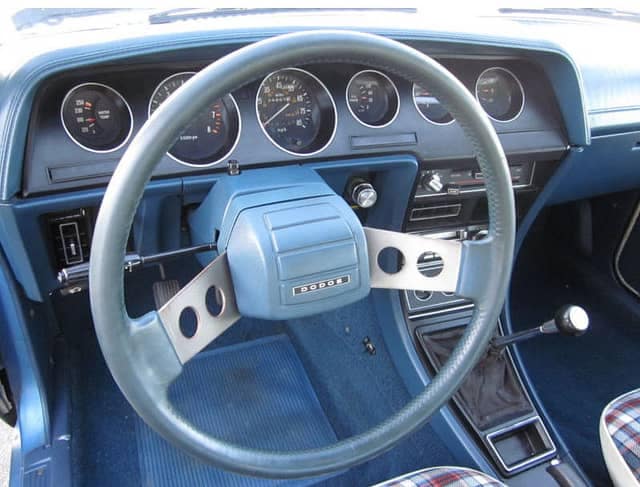Second Generation Dodge Challenger (78-83): Everything You Need to Know – Miami Lakes Automall Dodge
The Dodge Challenger stands out as one of the iconic muscle cars. Its wide body, angular lines and powerful engine have always been distinctive features of the model, no matter how many iterations it has gone through over the decades.
Though Dodge produced a model with the Challenger name in the late 1950s (the Dodge Silver Challenger), the first generation of Challengers as we know them today was not introduced until 1969.
Chrysler produced the Challenger alongside the Plymouth Barracuda to compete in the muscle car market. The Barracuda was designed to rival the the Ford Mustang and the Chevy Camaro, but the Challenger was conceived as more of a luxury muscle car to rival the Mercury Cougar or Pontiac Firebird.The Challenger outshined them with a bigger body, bigger wheelbase and a more luxurious interior.
The Challenger performed well when it was introduced, but its star burned out quickly. The muscle car market was on the decline when it debuted, and though it put up a good fight, it ultimately didn’t make the sales that Dodge needed to keep it in production. The Challenger didn’t even make it through the entire 1974 model year. Production was stopped midway through the sales cycle.
Presenting the Second Generation
Though the first generation of Challengers never made the sales that Dodge needed, they were well-received by the public. In fact, those early models are among some of the most collectible automobiles today.
In 1978, Dodge decided to revive the line. However, it outsourced manufacturing to Mitsubishi, which built the second-generation Challenger on its own four-cylinder coupe body. In fact, the automaker sold the Challenger as the Mitsubishi Galant Lambda GSR in Japan. In other markets, it was known as the Mitsubishi Sapporo or Mitsubishi Scorpion.
Plymouth also built an almost-identical car with the same trim options and called it the Plymouth Sapporo. Chrysler did the same with its Sigma model in Australia.
Instead of targeting the muscle car market with its revival of the Challenger, Dodge had its eyes set on the coupe market and rivals like the Honda Prelude, Nissan 200SX and Toyota Celica. You could still see remnants of its muscle car days, but it looked like a compact version of its former self. The same angular lines and frameless hard top were there, but the size was significantly reduced.
The second-generation Challenger looked like a sportier, zipppier model. The exterior featured bright colors and tape stripes, and it had much more subdued trim than the first-generation Challenger.
Under the Hood
Since the new Challenger was designed for luxury and not power, it didn’t have as much going on under the hood as the first-generation models. The new Challenger came with either a 1.6-liter SOHC or 2.6-liter SOHC engine, both four cylinders. The 1.6-liter put out 77 horsepower, while the larger engine produced 105 horsepower. Buyers also had the choice between a standard five-speed manual transmission or an optional three-speed automatic transmission.
Though the new Challenger did not live up to the strong performance of the previous generation, it did stand out in another way: Its innovative counter-rotating balance shifts to tame vibration from the engine.
Previously, four-cylinder engines were not built at the 2.6-liter size because it produced too powerful vibration. Mitsubishi came up with the Silent Shaft balancer to mitigate the effects of the vibration and to create a smoother ride. The second-generation Challenger was actually one of the first cars on the American market to have this technology, which has since become widespread. In fact, the technology has been licensed for use by other car manufacturers.
Interior Features
Because the second-generation Challenger was designed to be a personal luxury vehicle, it focused more on interior features than it did engine performance.
Some interior features included what was at the time a premium stereo, a trip computer and an overhead console with a digital clock. Soft chimes sounded when the door opened or the ignition turned rather than harsh buzzing sounds from previous models. The dash featured an array of gauges and controls to create a relaxing and convenient ride.
The upholstery on the Challenger included memory seats and premium fabrics. Above all, this was a car that was meant to look good and be comfortable.
Second-Generation Updates
The second generation of the Dodge Challenger lasted through 1983, so the model got a few updates over the years, but not many.
The once optional 2.6-liter engine became the standard feature for the 1980 model, giving it more power to match its luxury design.
In 1981, designers tweaked the exterior to give it a more formal roofline with a stronger profile. The new look won over buyers for the next two years, but after that, sales fell flat.
The second generation of Challengers was retired in 1983, and few from this era remain.
Moving into the Future
More than two decades would pass before the Dodge Challenger would hit the road again, but when it did, it was ready to make an impression.
The Dodge Challenger made a big debut for its third and current generation by simultaneously appearing at the Chicago Auto Show and the Philadelphia International Auto Show in early 2008. On first glance, it was obvious that the Challenger had returned to its roots as a muscle car. The current incarnation combines the best of both previous generations, incorporating some of the luxury of the last generation with some of the power and design appeal of the popular first generation.
Packaged as a two-door coupe, the new Challenger had a longer and taller body than the first generation and had a powerful 6.1-liter HEMI engine. The new design was such a success that the entire 2008 line was sold before it hit dealerships.
Since 2009, Dodge has released a new Challenger model every other year. The 2015 Dodge Challenger incorporates some of the best elements from all those previous models, as well as some of the most cutting-edge automotive technology.
The 2015 Dodge Challenger has a 6.4-liter V8 engine that has increased the horsepower to 485 from 470. It might be a slight increase, but it makes a big difference when you are sitting behind the wheel, allowing you to really feel the power. The 2015 model was upgraded with an 8-speed ZF 8HP automatic transmission in place of the previous 5-speed automatic transmission.
The 2015 Dodge Challenger also includes a few aesthetic changes. The exterior has a new grille that is reminiscent of the 1971 model, and it has LED headlights and tail lights, and a hood intake for models with a HEMI engine. The interior features the same combination of retro-inspired and modern design. The gauges on the dash are arranged in a cluster reminiscent of the early models, yet there is also an 8.4-inch touchscreen display for the infotainment system that is straight out of the future.
When you buy a 2015 Dodge Challenger, you are buying a car that represents the intersection between the past and the future. It features all the best that the Dodge Challenger has represented over the past four decades, as well as the innovation for which Dodge is known and which will form the foundation for future designs. Visit Miami Lakes Dodge to test drive the 2015 Dodge Challenger to experience the quality for yourself.
Previous Post Dodge 2016, 2017, and 2018 Predictions: Performance INBOUND! Next Post Consumers Warned About Unethical 2015 Dodge Challenger Hellcat Sales









0 comment(s) so far on Second Generation Dodge Challenger (78-83): Everything You Need to Know – Miami Lakes Automall Dodge